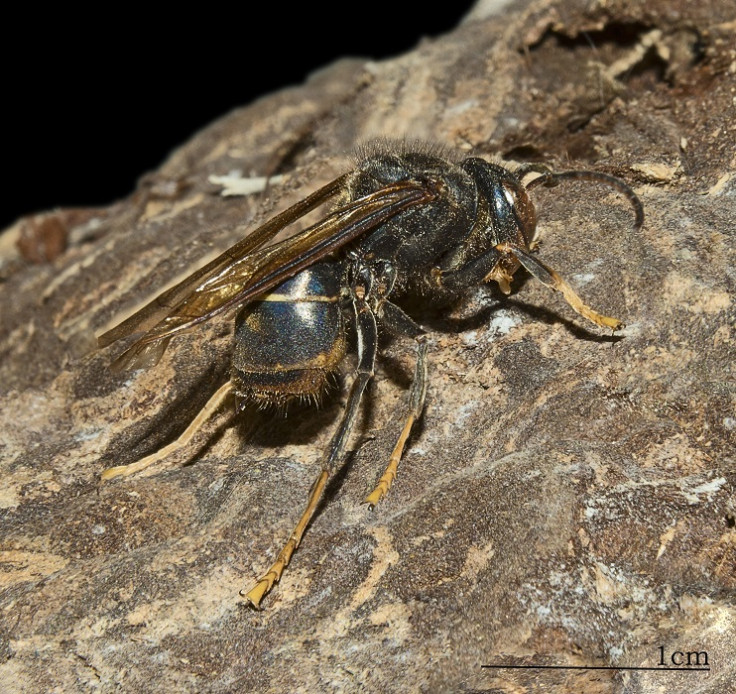UK Braced For Summer Attack Of Killer Bees

The Government is warning people about an influx of predatory hornets that could threaten Britain's fragile honey bee population.
The Department for Environment, Food and Rural Affairs (DEFRA) is drafting plans to combat the threat of the Asian hornet, a predatory bee species that feasts on other insects and is capable of wiping out honey bee hives.
The hornets, called Vespa velutina nigrithorax, have spread from China through Asia and into Europe. They have already spread as far west as Spain, Portugal and France. In France six people have died from anaphylactic shock after being stung by the hornets, including a 54 year old man who died in 2012 after disturbing a nest.
Government ministers fear the hornets could cross the channel from continental Europe this summer in consignments of fruits, timber or cut flowers. The warm weather in southern parts of the UK could provide the conditions that will allow the Asian hornet to thrive.
Last month the Government warned of the hornet threat in a House of Commons report on invasive non-native species. Minister have drafted "rapid response" plans as well as "contingency plans for the arrival of the Asian hornet" in the UK.
Britain is the only country that has an alerting system for the Asian hornet. Beekeepers have been sent email alerts asking them to be vigilant for the insects. They should also alert the National Bee Unit and the Animal Health Veterinary Laboratories Agency who are responsible for exterminating the insects.
Have you seen this insect?
In guidance on its website, DEFRA warns the insects are " an invasive non-native species"' It adds: "As a highly effective predator of insects, including honey bees and other beneficial species, it can cause significant losses to bee colonies, other native species and potentially ecosystems."
Asian hornets are active between the months of April and November, and are most active during a peak in August and September. The queens may be around 30 millimetres long, males 24 mm and worker bees are about 20 mm. The insects have characteristic yellow legs and the queens have a yellow stripe around a dark brown or black body.
Britain's honey bee population is already under threat as a result of a combination of increasing use of pesticides, wild flower depletion and changes to habitats. There are thought to be fewer than 25 native species in the UK - half the number as there were in the 1950s - and only 50,000 honey bees in Britain in the height of summer.
© Copyright IBTimes 2025. All rights reserved.




















